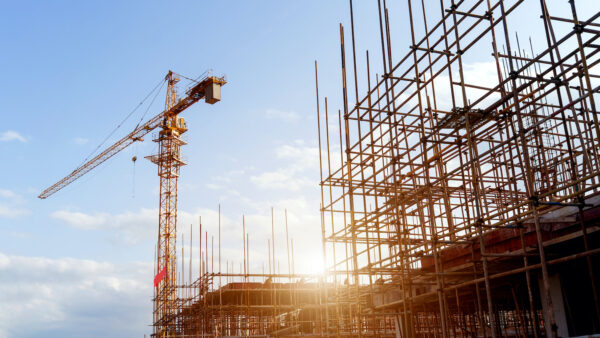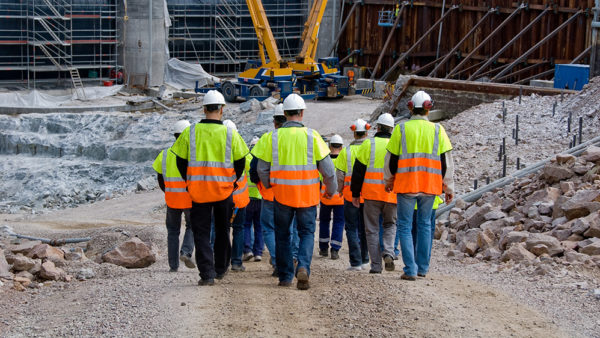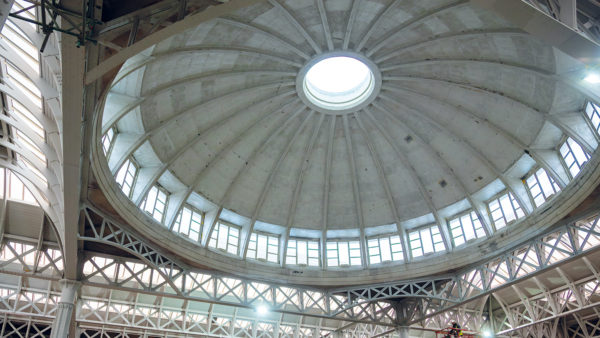A recent CIOB client roundtable asked investors about their appetite for financing greener homes and offices. Sandi Rhys Jones chaired the discussion.

During my time working in construction, I’ve always been struck by the importance of people skills in project success.
Respect, understanding, emotional intelligence, empathy and trust: they all oil the wheels of collaboration. And, as countless commentators have pointed out, collaboration is critical to overcoming construction’s challenges. Indeed, that’s why I made it the bedrock theme of my CIOB presidency.
In overcoming the biggest challenge of all – climate change – it seems to me that we need to collaborate as never before.
This begs the question: in our quest for net zero in construction, do we pay enough attention to the human undercurrents that influence the paradigm shift needed to hit our net-zero-by-2050 target?
The funders’ role in achieving net zero
The chance to get some answers arose recently when I chaired CIOB’s latest client roundtable at UKREiiF with over 20 senior real estate investors, developers and construction clients, along with construction professionals.
Convened under CIOB’s client strategy, our agenda was how to achieve net zero. Our mix of delegates gave us the rare opportunity to investigate the human factors involved at the top of the property ecosystem: the funders.
Inevitably for such a complex topic discussed by such a large and passionately engaged group, we barely scratched the surface of the issues. Even so, the exchange (conducted under the Chatham House Rule) covered a lot of ground.
With continuing high interest rates inhibiting investment, one delegate wondered whether this might free funders up long enough to appreciate reports that occupiers are beginning to seek out and pay extra for greener accommodation.
I despair a little at the possibility that funders haven’t supported net zero simply because they’ve been too busy to think it through. But if that is true, then it’s better late than never.
Even if some occupiers – those with sophisticated ESG commitments, for example – will pay extra for greener accommodation, it’s probably not (yet) true for all types of occupiers, residential tenants, for example. Money, both on the part of the tenant who can’t afford more and the investor with squeezed margins, still gets in the way of progress towards net zero.
Regulations and enforcement
It seems that net zero, especially in retrofit or refurbishments, simply isn’t a well enough understood asset class to inspire confidence in investors.
Attitudes are also influenced by a tightening regulatory environment – the stick used by governments to force change. While policy of course has its place in effecting paradigm shifts, the assembled roundtable delegates questioned its value.
Talking about rising EPC thresholds in the commercial rental sector, one delegate thought the policy failed to account for landlords’ intrinsic motivations to minimise and delay capital outlay. The resulting small gains in energy efficiency, he felt, missed an opportunity to upgrade the nation’s buildings’ energy efficiency faster by incentivising landlords to do more sooner.
Another delegate reported on New York City’s Local Law 97. This forces asset managers and developers to decarbonise their existing buildings in incremental steps. Despite a loud outcry, the law has reportedly been very successful – probably because it threatens stiff fines for non-compliance, hitting the decision-makers where it hurts. Perhaps the UK’s EPC policy requires equivalent fines and, importantly, enforcement.
Improving construction’s image
The focus of our discussion then switched to the humans in the net-zero story: does our industry have the right mix of skills and attitudes to make a difference? Here, the group was largely in agreement: shortages of both labour and skills are a major challenge, which has as much to do with the industry’s poor culture as the failure to recruit. A lack of diversity and a disgracefully high suicide rate were picked out as particularly important targets for action.
The group cited many schemes to address the issues, with projects to address diversity and engage younger people, and pleas to relax the rules about how the apprenticeship levy can be spent. This action may be all too small and piecemeal for the size of the problem, one delegate said. He dreamt of a centralised, coordinated training pipeline into the industry’s many career options.
At some point, though, we’re going to have to improve the industry’s poor image with parents and teachers, and that starts from within, with the industry itself inspiring wonder. I know from personal experience that when you open young eyes to the essential purpose of construction – to set the stage for humans to thrive and to solve the climate crisis – those eyes light up. And just as importantly, when we encourage people into our industry, we need to work at keeping them.
It’s not just the attitude of those responsible for new entrants that needs to change, though. Policymakers need to filter out red tape from good regulation, and those at the top of the construction food chain to be braver in collaboration. In short, we need the industry and government to collaborate as if our collective future depended on it.
Sandi Rhys Jones is president of CIOB.











